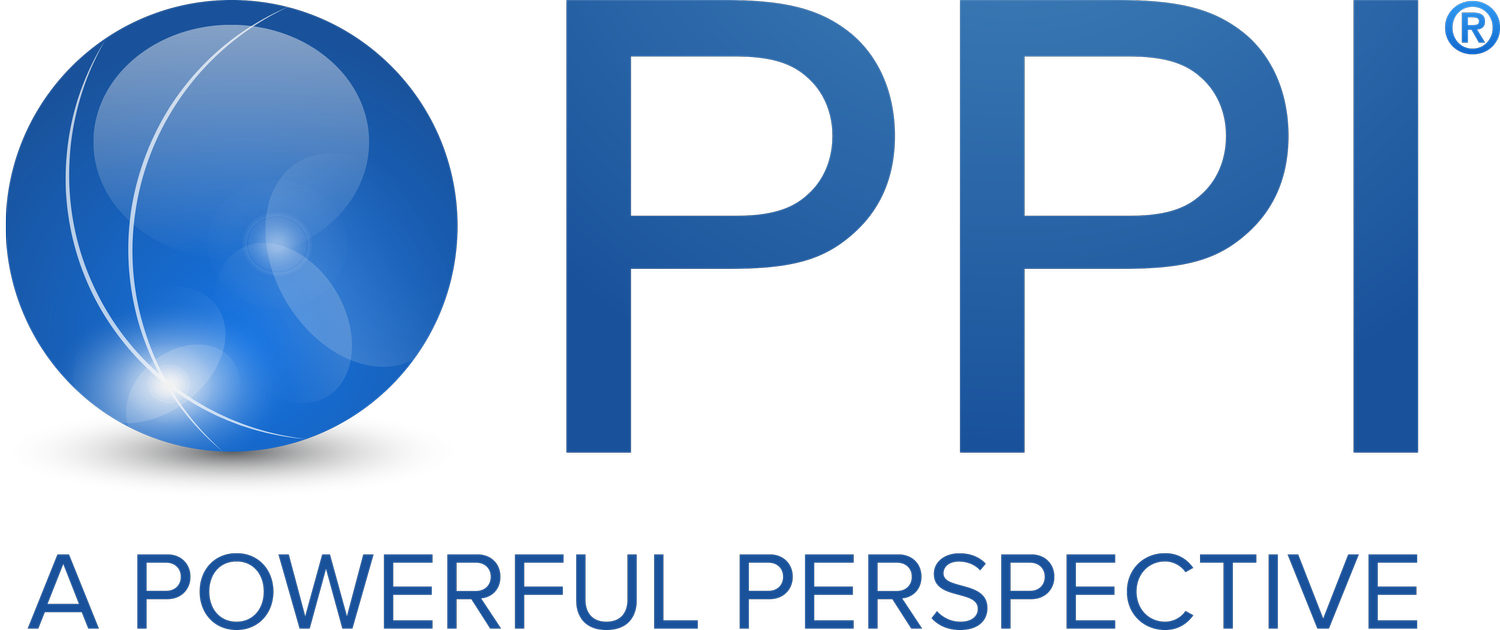
Introspection and
Innovation
2023 SUMMER ROUNDTABLE IN SAN FRANCISCO, CALIFORNIA
July 19-21, 2023
INSIGHTS
The Bay Area is an innovation hub, the epicenter of an evolving banking crisis, and a witness to many climate events. It was therefore fitting that the Pacific Pension & Investment Institute (PPI) held the 2023 Summer Roundtable in San Francisco from July 19-21, 2023. Organized around the theme of Introspection and Innovation, members convened for discussions on generative artificial intelligence, investments in climate-resilient assets and sustainable infrastructure, and other transformative technologies shaping our future. Attendees reflected on the unfolding implications of the banking crisis that erupted months ago, as well as the investment risks and opportunities arising from national economic security policies and technology geopolitics.
The Banking Crisis and Its Deeper Implications
The collapse of Silicon Valley Bank in March 2023, and the cascading effects that ensued across the banking system, precipitated the most significant financial crisis since 2008. Government intervention has stemmed the panic caused by the liquidity crisis and rapid capital flight, but solvency problems persist. This has created opportunities for private credit, which solves some of the asset-liability mismatches of banking but also poses hidden risks: It is less regulated than banking, and as an asset class that grew out of the Great Financial Crisis, it has not been tested in a recession.
The banking contagion will likely be contained to very idiosyncratic banks. Consolidation will continue, and large systemically important banks are possible long-term winners. This trend could impact the credit access of small businesses, which contribute half of the U.S. gross domestic product and rely inordinately on small banks for financing. For regional banks, which are significantly exposed to commercial real estate (CRE) loans, the dislocations in CRE markets in regions such as California are a looming risk. In the face of recessionary fears, the Federal Reserve will likely act cautiously about rate cuts.
Advanced Technologies That Will Shape Our Future
Three types of technologies have followed exponential trends over the last few decades: Semiconductors, which underpin the digital economy; artificial intelligence (AI), increasingly utilized for automation and design; and synthetic biology, or synbio, which replicates or redesigns existing systems found in nature for the benefit of everyday life. We tend not to realize that these trends are exponential until we are on the steep part of the curve, where things currently stand with AI and synbio.
All three technologies can be harnessed to accelerate technological, economic, and scientific progress. However, this period of accelerated growth might be disrupted by a catastrophic geopolitical event (such as U.S.-China conflict over Taiwan, where 90 percent of the world’s chips are produced), another pandemic, rapid effects of climate change, or an erosion of democratic governance amplified by disinformation.
Artificial Intelligence
The disruptive potential of generative AI has risen to the forefront with the growing popularity of ChatGPT and other large language models. The technology, as it currently exists, still lacks all the needed guardrails, and venture capital can play a crucial role in facilitating those guardrails and last-mile developments. The current hype is reminiscent of the Internet boom in the 1990s, which serves as a helpful reminder that humility is essential when picking winners in a space where the technology and business models are still nascent.
In the AI ecosystem, big tech companies and prominent players possess the funding and control over their models. At the same time, many startups see tremendous opportunities to build products that are still needed. Investor views differ on picks-and-shovels versus specialized plays and whether incumbents or insurgents will benefit more. The societal and regulatory implications of generative AI are also playing out. Technology generally brings about positive change, but structures and institutions need to be in place to deal with unintended consequences.
The asset management industry utilizes AI to empower workflows and portfolio decision-making, from scenario simulations to increased customization in active and thematic investing strategies. AI is currently best applied in mundane, routine tasks such as data analysis and research, freeing up humans to focus on creative tasks and client engagement. In essence, the technology is augmenting human capabilities, and humans will need to learn how to interact with it to achieve desired objectives.
A key challenge with machine learning models is explainability, i.e., their inability to explain the decision-making processes behind the outcomes they generate. This makes it harder to identify biases within the system. Efforts are being made to address explainability issues by adjusting data points and model designs, which could help guide investment decisions in a more transparent and trusted way.
Climate-Resilient Assets and Sustainable Infrastructure
One area that requires machine learning is in modeling and analyzing the impact of climate events. However, ever-evolving conditions mean that many climate models may be understating the actual volatility of climate scenarios.
Net-zero targets and other mitigation efforts are insufficient to reverse the effects of climate change. There is an under-investment in adaptation strategies. Here, tailwind opportunities and alpha can be found in climate-resilient assets, for example, companies whose supply chains are less susceptible to climate disruptions or geographies that are underpriced for their climate resilience. Climate, geography, and demographics are also intertwined, as climate events and geopolitical factors propel migration to places with better economic prospects. Most of these migrants are young and primarily Asian, and the countries and cities they migrate to are the winners of tomorrow.
The Inflation Reduction Act (IRA), signed into U.S. law in August 2022, is arguably the most consequential climate legislation in recent times. Through hundreds of billions of dollars in incentives, grants, and loans, the IRA facilitates both financial and strategic investments in clean energy infrastructure. Both key sectors that are at or close to scale, such as solar, and emerging sectors, such as hydrogen, will benefit. It is estimated that in the 10 months since the IRA has been in force, $250 billion in clean energy projects have been announced and are moving forward.
Under the IRA, the U.S. is providing incentives to make clean energy cheaper, which is in stark contrast to Europe’s approach of making fossil fuels more expensive. European countries have responded to the IRA with similar legislation to boost clean energy investments in their jurisdictions, as have Japan and Korea. The IRA will not preclude asset allocations toward opportunities that abound in Europe, Asia, and Latin America. Asia, especially, is the game changer for global decarbonization, and significant capital is still needed for its renewables sectors to catch up.
Navigating National Economic Security and Technology Geopolitics
The re-emergence of national industrial policy in the U.S. mirrors similar trends across developed economies. The IRA and other recent legislation such as the Creating Helpful Incentives to Produce Semiconductors (CHIPS) and Science Act of 2022 exemplify this trend. These laws mobilize private capital for long-overdue investments in domestic infrastructure and research and development in strategic sectors, such as sustainable energy and technology. The aim is to mitigate the national security risks arising from overdependence on countries (like China) which have traditionally subsidized and weaponized critical industries.
Technology has become the new frontline of U.S.-China competition and conflict. China is decoupling from the U.S. technologically and in its reliance on the U.S. dollar as a transactional currency. According to the Australian Strategic Policy Institute (ASPI), China is leading in 37 of the 44 critical technologies that ASPI tracks.[1] As China systematically enhances its long-term technological superiority, the U.S. is playing catch-up. Working in tandem with allies, the U.S. is de-risking from China through various trans-Pacific and trans-Atlantic multilateral security platforms and creating investment opportunities in friendly countries (or “friendshoring”). It has also established America’s Frontier Fund, which promotes early-stage investments in frontier technologies. The Biden administration is expected to issue an executive order to screen U.S. outbound investments in critical sectors, potentially restricting investments in China’s technology sector. The Committee on Foreign Investment in the United States (CFIUS) now screens for foreign controlling access to U.S. critical technologies, pursuant to a new law in 2018, which has led to a dramatic drop in China deals.
Even in an era of decoupling, more patents are being filed from China to the U.S., and vice versa. There are still plenty of investment opportunities in China, especially for venture capital, in areas including electric vehicles, agriculture, and energy. But how do investors avoid Chinese technology companies with dual (civilian-military) use or national security elements, when any technology can now be dual-use? How can legislative and contractual guardrails be utilized to pursue opportunities? Meanwhile, those who seek to de-risk can look to Southeast Asia, India, and other economies within the global technology value chain.
[1] https://www.aspi.org.au/report/critical-technology-tracker
Opportunities in West Asia
Recent trends driving innovation and entrepreneurship in West Asia, or the Middle East, may represent new possibilities for institutional investors. Most notably, Saudi Arabia has launched Vision 2030, an ambitious plan to reduce fossil-fuel dependency and transform the Saudi economy, society, and natural environment. This plan entails a host of reforms and initiatives aimed at advancing the roles of women, youth, and entrepreneurship.
One of Vision 2030’s signature projects is NEOM, a futuristic mega-city under construction. This and other moonshot projects in the region, such as the Hyperloop in the United Arab Emirates (UAE), require technology and capital from overseas, as do other projects like sustainable cities and digital healthcare. The region’s venture capital ecosystem is robust, with a record number of IPOs raising $22 billion in 2022. The most relevant venture category is fintech, tapping into the young, unbanked and digitally native population. Caution should be paid to artificially inflated valuations, a result of government programs aimed at ensuring the success of startups.
Asset Owner Perspectives
As is customary at each roundtable, asset owners shared their investment and organizational priorities. On the investment front, they continue to reevaluate the risk-reward profiles of their portfolios to ensure resilience across asset classes (private versus public markets), geographies (e.g., China), and sectors (e.g., technology). Apropos of the roundtable discussions, institutions are assessing ways to utilize technology, such as AI, and addressing data privacy and cybersecurity concerns. Some have adopted a data-driven approach in selecting active managers. Several asset allocators are building up their expertise for investing in the energy transition and enhancing competencies for diversity, equity, and inclusion. All these issues warrant attention amid rising political pressures, accentuating the need to focus on fiduciary duties rather than political football.
At the heart of each organization is its people. For this reason, a key focus remains the implementation of organizational processes and cultures, whether remotely or in the office, and managing and grooming talent. With the latter in mind, PPI convened its inaugural Leadership Lab on July 18-19 for rising senior leaders from the asset owner community. The cohort of 17 participants were nominated by the principal representatives of PPI’s asset owner and administrator members. Current and former PPI Board members served as faculty. They shared candid insights from their own experience in navigating their leadership rise in the investment industry, the skills and instincts (most of them unrelated to investment) required to be successful leaders, and the pressures entailed in managing internal and external stakeholders. The discussions also addressed global investment trends and how investment professionals should interpret geopolitical and political events. Most of the cohort joined the Summer Roundtable and had the opportunity to engage with the broader PPI Community.
